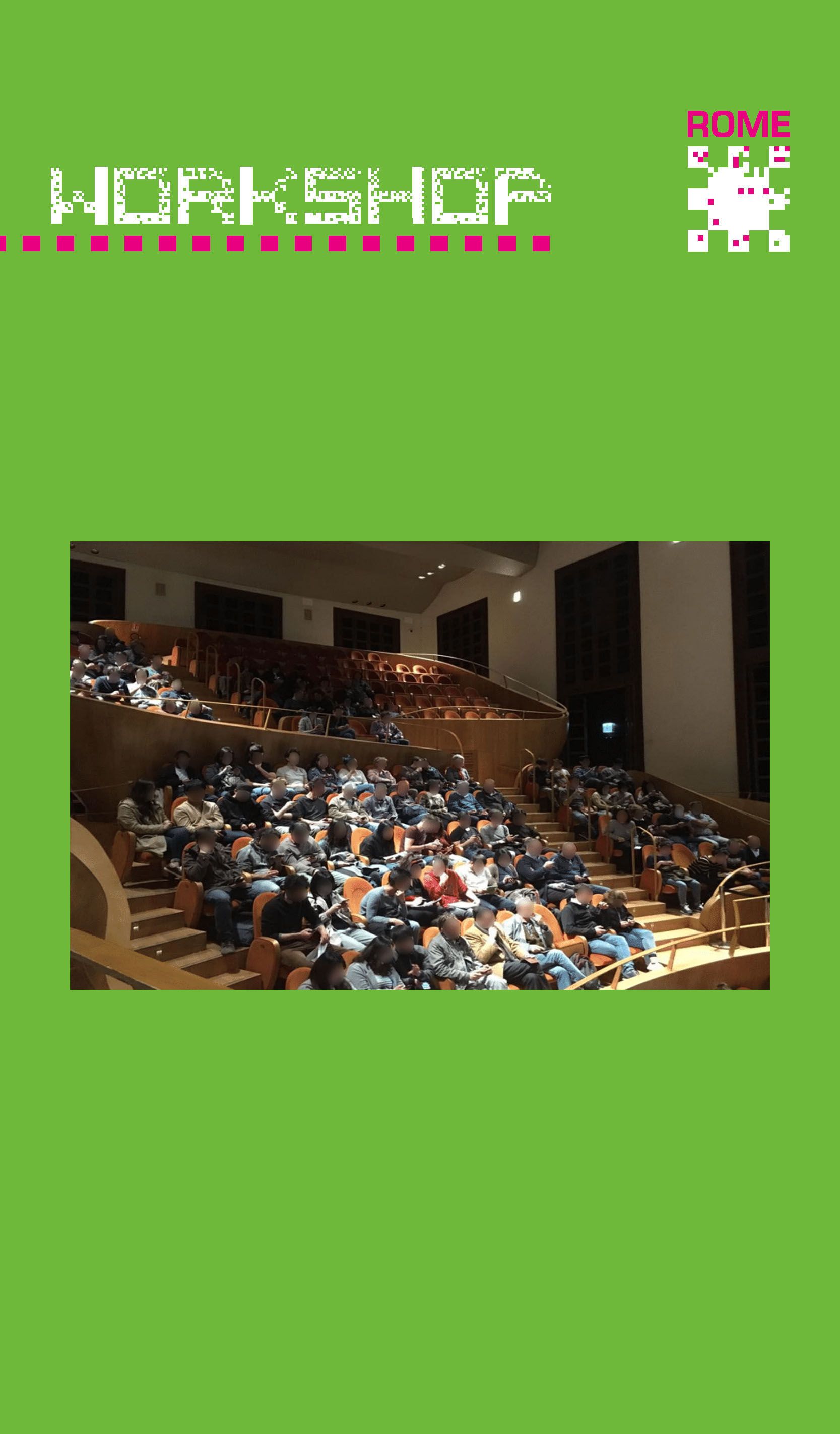
From real to virtual: an interactive experiment on the perception of the sound
CNR – Istituto Nanoscienze
- 12.00 p.m. – 1.30 p.m.
- t1
In a recent psychoacoustics experiment, a group of trained listeners (master violin makers and students of the International Violinmaking School of Cremona) was asked to evaluate the sound of four test violins (A, B, C, D). The instruments were a Stradivarius, two high-end modern violins, and a manufactured violin. However, during the test, the participants didn’t know the origin of the violins and the instruments were hidden. Besides, the violins were played minimally, playing a short scale on each, which was compared to the same scale played on an instrument X (another Stradivarius). The trial violins were interchanged in a random order. During a series of four listening’s, they were asked to evaluate some common timbral parameters (nasality, openness, clarity) as well as subjective pleasantness. The results, published in the Journal of the Acoustic Society of America (https://doi.org/10.1121/10.0009320), showed that there was a distinct correlation between the descriptors used and the subjective pleasantness of violin timbre, and that listeners ranked the test violins in an order of preference reflecting their reputation. In the experiment, only natural sounds have been used, taking advantage of the professional hearing of the participants. Using these results as an example and entering the RVGL 2022 theme “Natural and meta-natural” we would like to present an interactive experiment designed for a general audience (with no musical education) and in which electronics will be used to modify sounds. The natural sound of the violin will be transformed into the sound of one or more meta-natural instruments, which will enhance or inhibit some of its characteristics. In this way, our purpose is to explore how sound transformation is perceived in terms of simple preference or more specific psychoacoustic dimensions.
The experiment is organized in few stages. The first phase includes a brief introduction regarding the sound of the violin (approx. 10 mins) and demonstration of the possibilities of electronic manipulation (approx. 15 mins). The actual experiments: in this phase an audience is subjected to a sequence of listening sessions in order to focus on specific characteristics of the perceived sound. First, a demonstration run is performed to familiarize participants with the mechanism (about 5 min). Then participants evaluate a sequence of manipulated sounds, in comparison with the original sound (or other manipulations) and they will be asked to report their preferences from time to time by answering a special online questionnaire via their personal smartphones (approx. 30-40 mins). The collected data, which are completely anonymous, will then be analyzed and can be used for scientific research purposes only.
Carlo Andrea Rozzi. As physicist and researcher at the Institute of Nanoscience of the National Research Council (Istituto Nanoscienze del Consiglio Nazionale delle Ricerche, CNR), Carlo Andrea Rozzi explores the theory and simulation of electronic and nuclear ultrafast dynamics in nano-structured materials for photovoltaics and artificial photosynthesis. He has been a violinist since he was eight years old; therefore, he has collaborated with instrumental ensembles on many concerts in Italy and abroad. A former professor of Acoustics at Cremona International Violin making School (Scuola Internazionale di “Stradivari” di Cremona); he is responsible and principal author of the website http://fisicaondemusica.unimore.it, where his scientific and musical interests combine. He is involved in research activities in violin acoustics, especially in historical instruments, working together with Fondazione Stradivari and with the City of Cremona. He simultaneously carries out intensive teaching and dissemination activities by organizing interactive workshops in international scientific festivals; he takes part in national radio programs, and he regularly gives specialized lectures and seminar addressed also to the general public.
Marco Giordano. After he graduated in Electrical Engineering with a dissertation on provisional acoustics, winner of the ATA-FIAT prize, he began to work with composers and research centers in the electroacoustic music field. He is the tenured professor of Musical Acoustics at the L’Aquila Conservatory of music, where, mostly, he teaches in the Electronic Music diploma course. He has always been interested in the connections between science, technology, education, and artistic expression. He is active in digital education addressed to both children and teenagers, and teachers at different school levels. He is co-founder of “NUME – Nuova Musica per l'Educazione” (New Music for Education) which handles the research and promotion of innovative educational models based on new technologies and digital arts. He collaborates with INFN – Laboratori Nazionali di Frascati (National Institute of Nuclear Physics, ndt) and with other private and public institutions on many projects on scientific dissemination and teachers’ education. He has co-authored the book “Coding e pensiero computazionale nella scuola primaria” (Coding and computational thinking in primary school): a guide for teachers who want to introduce coding as an education method, without upsetting their way of teaching.
Target: High school students, adults.
Target: High school students, adults.
Duration: 90’